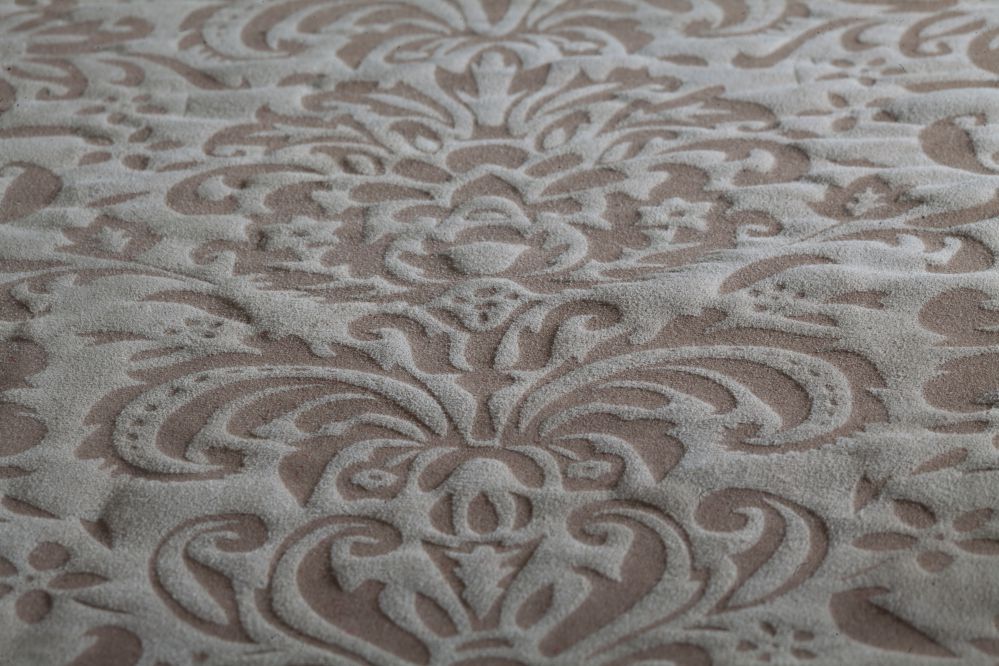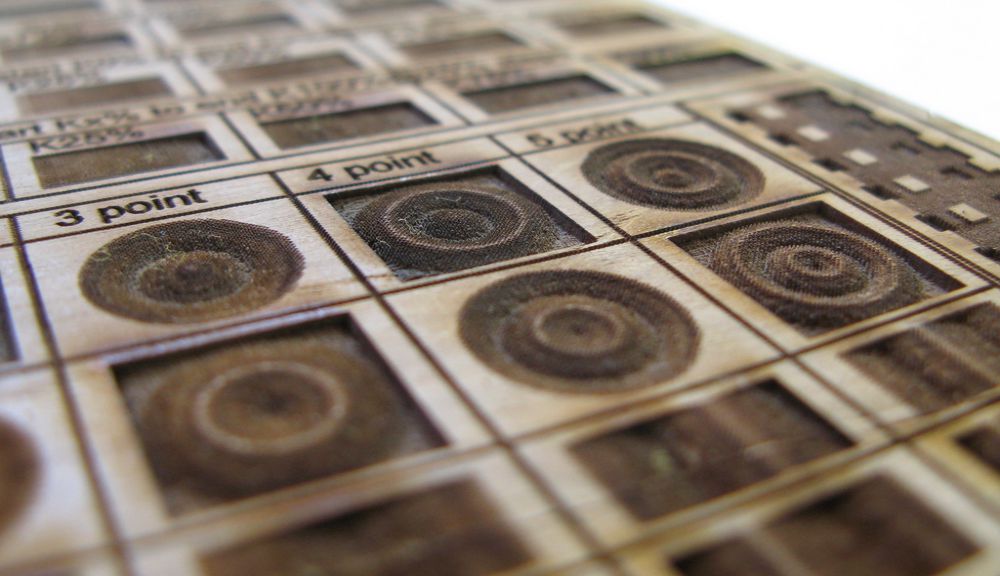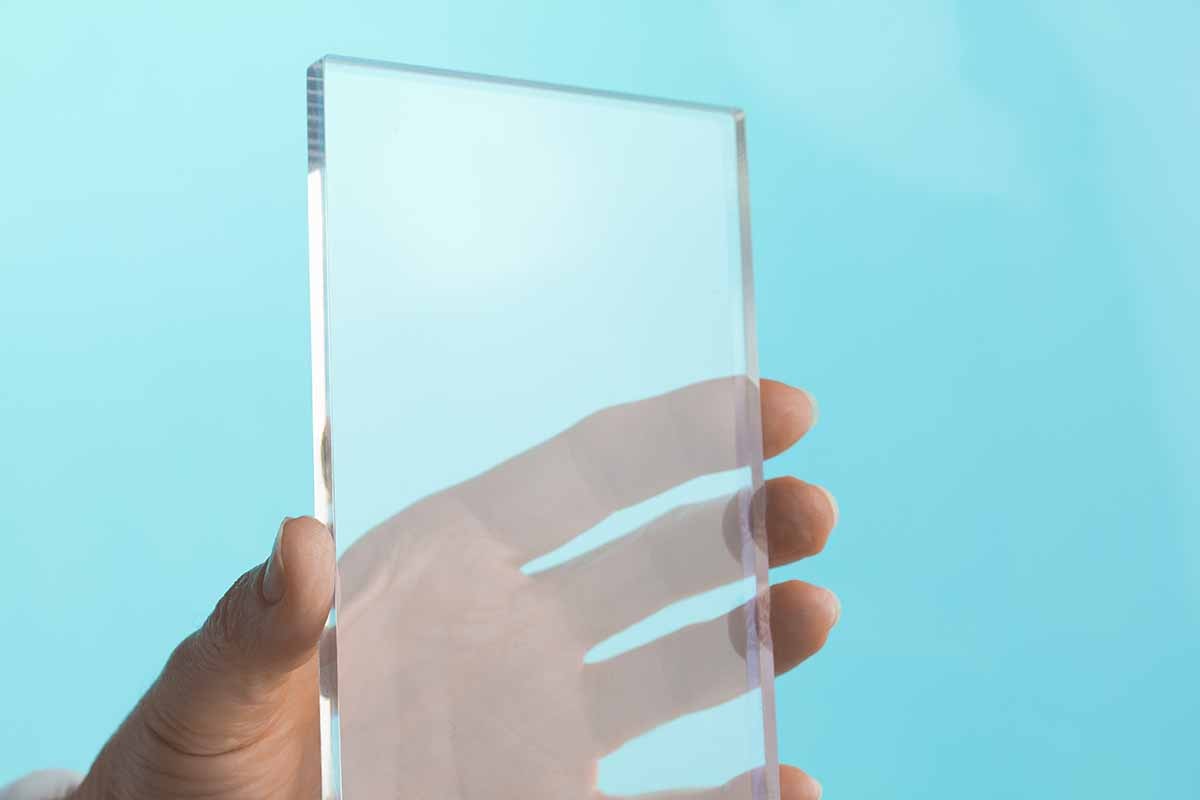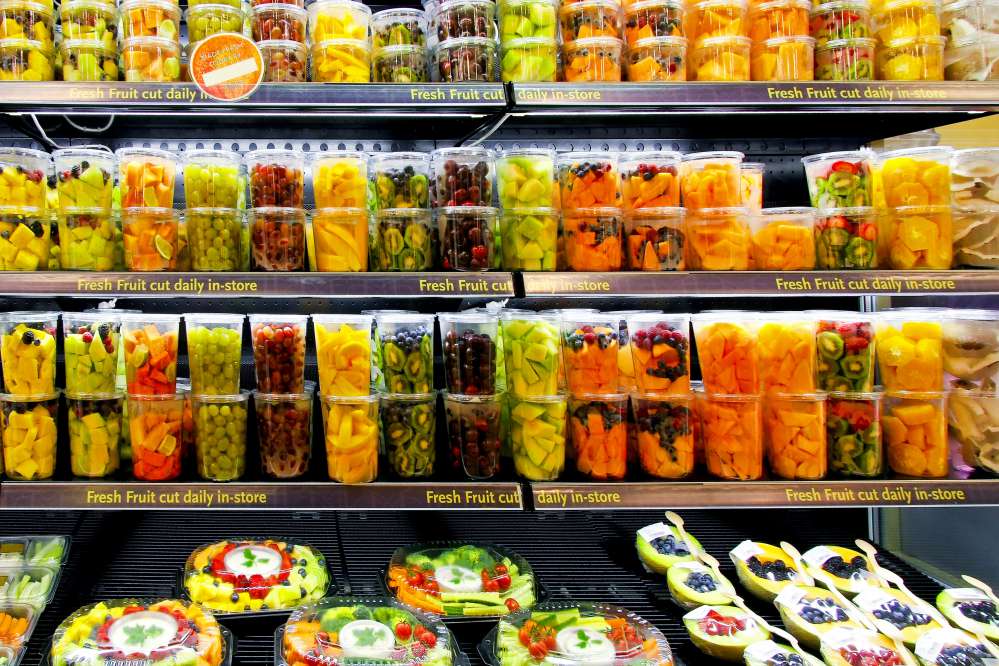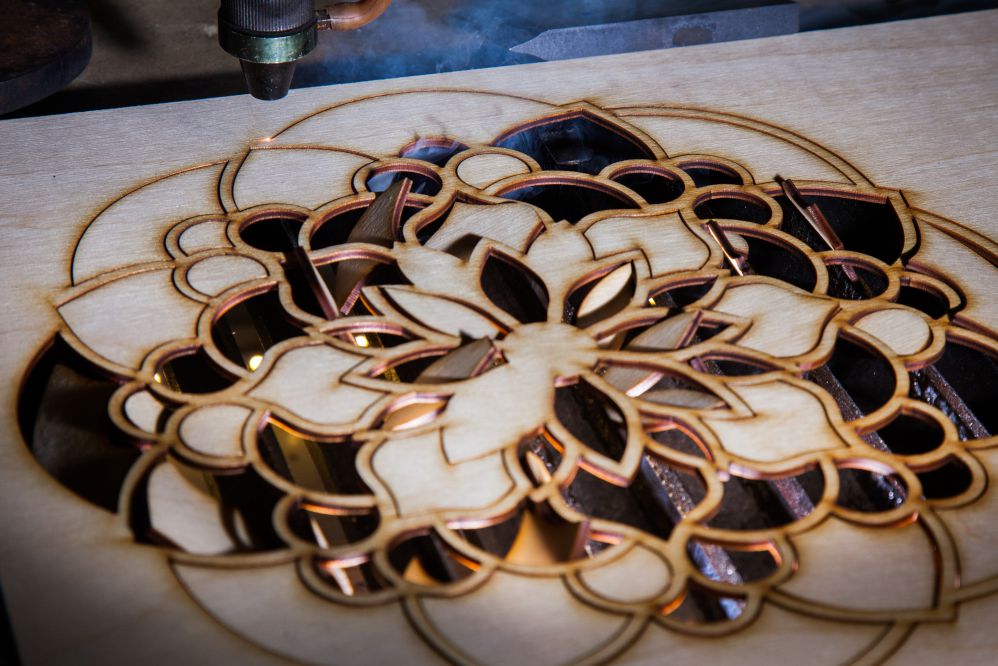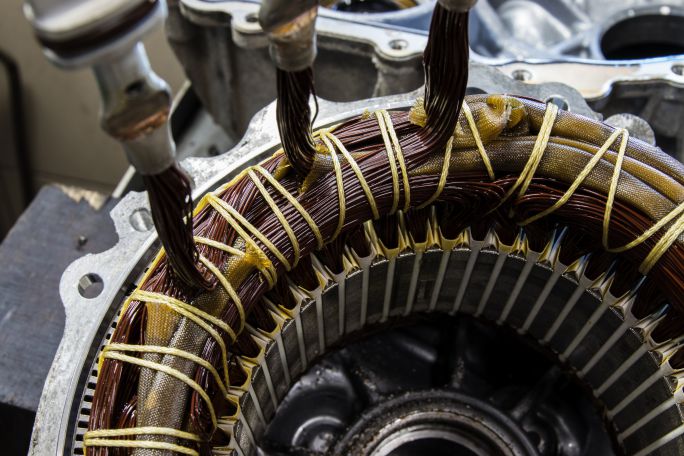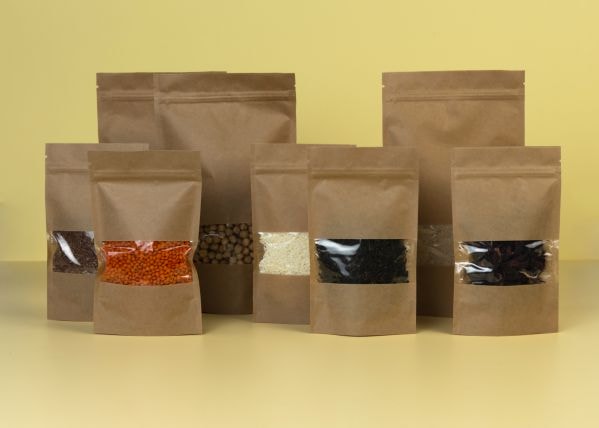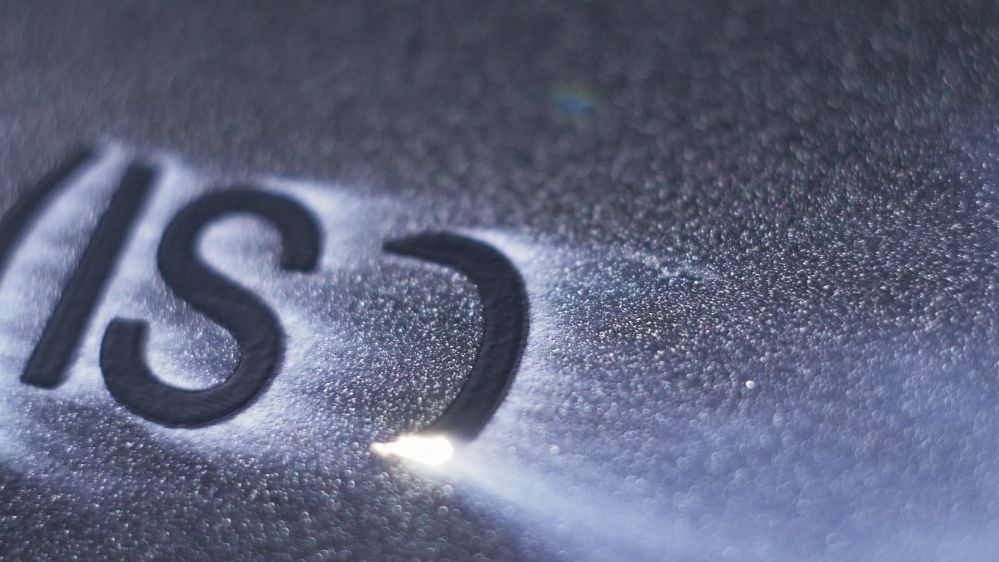Laser engraving is one of the many applications of CO2 lasers. This process uses the energy delivered by the laser beam to mark the surface of a material. In the last decades, laser engraving proved to be an effective and efficient tool for the manufacturing applications, especially for the fashion and decorating industry.
The variety of materials that can be engraved is wide and includes either natural and synthetic materials as well as metals. Wood, paper, cardboard, plastic and plastic films or rubber are very well suitable for CO2 laser processing. Those materials absorb very well the specific wavelength of CO2 lasers. This means a greater energetic efficiency of CO2 laser light.
Thanks to this feature, CO2 lasers are particularly suitable to sectors like the fashion industry. This trade largely handles organic materials like natural fiber tissues or leather: CO2 laser engraving proved to be an economically efficient and powerful tool for the decoration of fashion goods and accessories.
The decoration of leather, both natural and synthetic, is one of the branches that have benefitted the most from the introduction of laser as a processing tool.
Leather and CO2 laser engraving
The traditional approaches to leather crafting involves the use of hand tools or physico-chemical processes. Engraving the surface of a piece of leather is a matter of craftsmanship and perseverance. Those methods are not suitable for today’s needs of mass production. They are very slow and time-consuming: leather is a flexible but tough material and thus operations such as cutting or engraving take a lot of effort, expertise and time to be carried out properly.
The introduction of laser has significantly improved those drawbacks of traditional leather decorating techniques.
CO2 laser engraving of leather is based on the energy developed by a CO2 laser focused on the surface of the material. The high density thus obtained, produces the immediate sublimation of a shallow layer of material, leaving a mark on the surface.
Those marks have some great qualities: they are permanent, sharp and very accurate. They are also immune to wearing, scratching or fading because of light or mechanical aggression.
As all laser applications, the whole process is controlled by a software. A typical laser engraving leather machine is composed of three components:
- a CO2 laser source. El.En. Blade RF Self Refilling is a perfect example
- a laser scanning head. It can be boiled down to three main components: a X axis galvanometer, a Y axis galvanometer and a z axis actuator that dynamically adjusts the focal length of a lens. The purpose of the scanning head is to deflect the CO2 laser beam so as to to keep it always focused on the working area
- a software. It translates the design developed by the operator into the a that the laser beam will follow.
Thus it is possible to create any model on the software and then transfer it onto the surface.
The advantages of CO2 laser engraving on leather
With the help of the software, it becomes possible to accurately control parameters such as the speed, power and intensity of the CO2 laser beam. Depending on those parameters, laser engraving allows a virtually infinite variety of effects on leather.
The advantages of such a feature are remarkable for the general leather engraving process:
- A CO2 laser system is flexible:it is possible to rapidly develop and test new design prototypes and try out textures, patterns and other effects
- The use of nesting software allows to automatically find the most efficient laser engraving pattern, thus minimizing the production of scraps and wasted material;
- The controlling software is also able to optimize the efficiency of the CO2 laser machine. For instance, by identifying shared contours that can be cut at once;
- It is possible to reproduce the same design over and over without minimal or no differences, resulting in constant quality over the time.
Those aspects of CO2 lasers make them an attractive tool for the producers of leather goods, especially for those operating in the fashion and decorating industry. The laser is a flexible and efficient device. Its possibilities are infinite, all to be explored and tested. It allows innovation and originality, freeing the designer from the constraints of traditional leather engraving techniques. And, undoubtedly, this is a considerable benefit that CO2 lasers can offer to the fashion industry, constantly driven by innovation and always in search of original designs.
